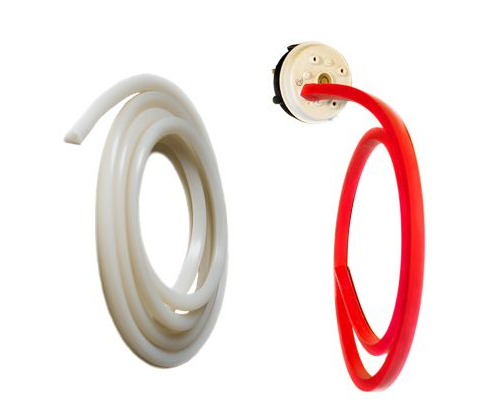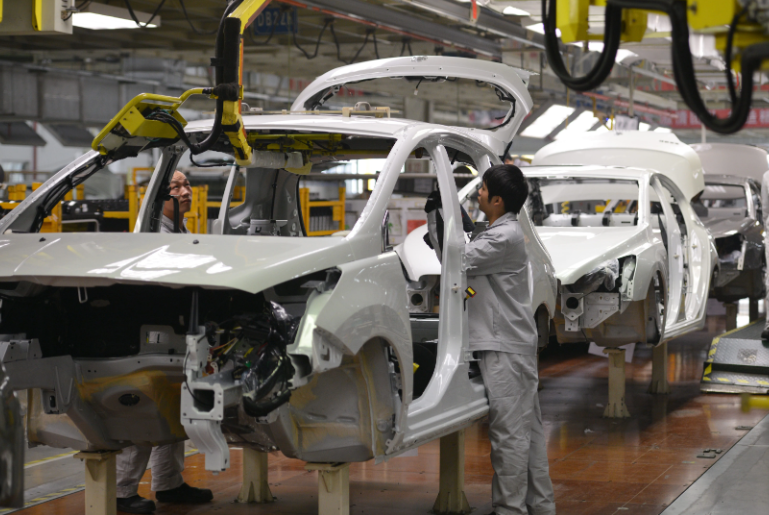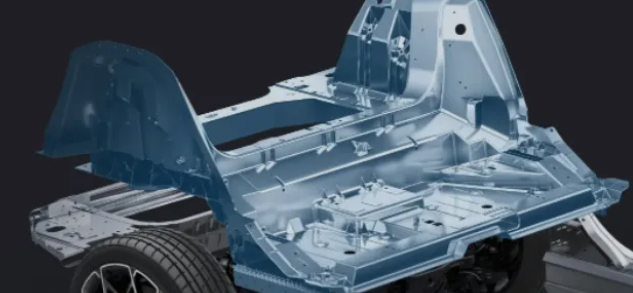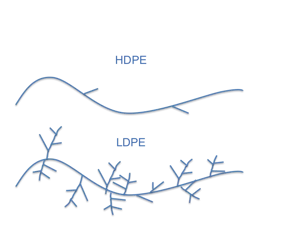-

Mar.20
2024
What is Inconel? – Definition, Uses, Types, and moreInconel is a nickel-chromium-based superalloy that is highly resistant to corrosion and heat. In this article, we will e...View More >> -

Mar.18
2024
Mold Coating Guide: Advantages, Types & How To ChooseMold coating refers to the application of specialized coatings on the surfaces of molds used in tooling production. Thes...View More >> -

Mar.15
2024
What’s The Best Aluminum For Bending?When processing sheet metal parts or designing sheet metal components, encountering problems such as aluminum plate cann...View More >> -

Mar.13
2024
The Difference between TPE Material and Silicone | Diecasting-mould.comIn the realm of synthetic materials, Thermoplastic Elastomer (TPE) and Silicone stand out for their versatile uses acros...View More >> -

Feb.27
2024
Anodized Aluminum Guide: Process, Prices, Tips & How To AnodizeAluminum is a relatively active metal with a standard potential of -1.66V. It can naturally form an oxide film with a th...View More >> -

Feb.26
2024
Why China’s Automobile Industry Overtakes Others in A Corner?China has surpassed Japan to become the world's largest automobile exporter for the first time. What does this mean? In ...View More >> -

Feb.26
2024
Which Automotive Technology Will Have the Biggest Impact on the Automobile Industry in China in 2024?A major turning point has taken place in the Chinese automobile market in 2023. This turning point began with the outbre...View More >> -

Feb.23
2024
Die Cast Vs Triple Flange Vs Normal Hoops, What Are The Differences?Die cast versus standard drum hoops is an important consideration for drummers seeking the perfect sound and feel from t...View More >> -

Feb.22
2024
Diecast Car Scale & Size Guide: Dimensions, Prices & Best Scale RankingDiecast car size, also known as diecast scale, refers to the measurement of how large a diecast model vehicle is in comp...View More >> -

Feb.22
2024
Diecast Car Ranking 2024 – Best Die-cast Car Brands 2024For beginner collectors venturing into the world of die-cast cars, understanding the landscape of brands can be a daunti...View More >> -

Feb.22
2024
LDPE: Definition, Properties, Applications, How it Works, and moreLow-Density Polyethylene (LDPE) is a widely used thermoplastic polymer made from the monomer ethylene. Since its inventi...View More >> -

Feb.22
2024
Shear Modulus VS Young’s Modulus: Which One is the Best – Diecasting-mould.comIn the meticulously detailed world of die casting and mold manufacturing, understanding the mechanical properties of mat...View More >>

